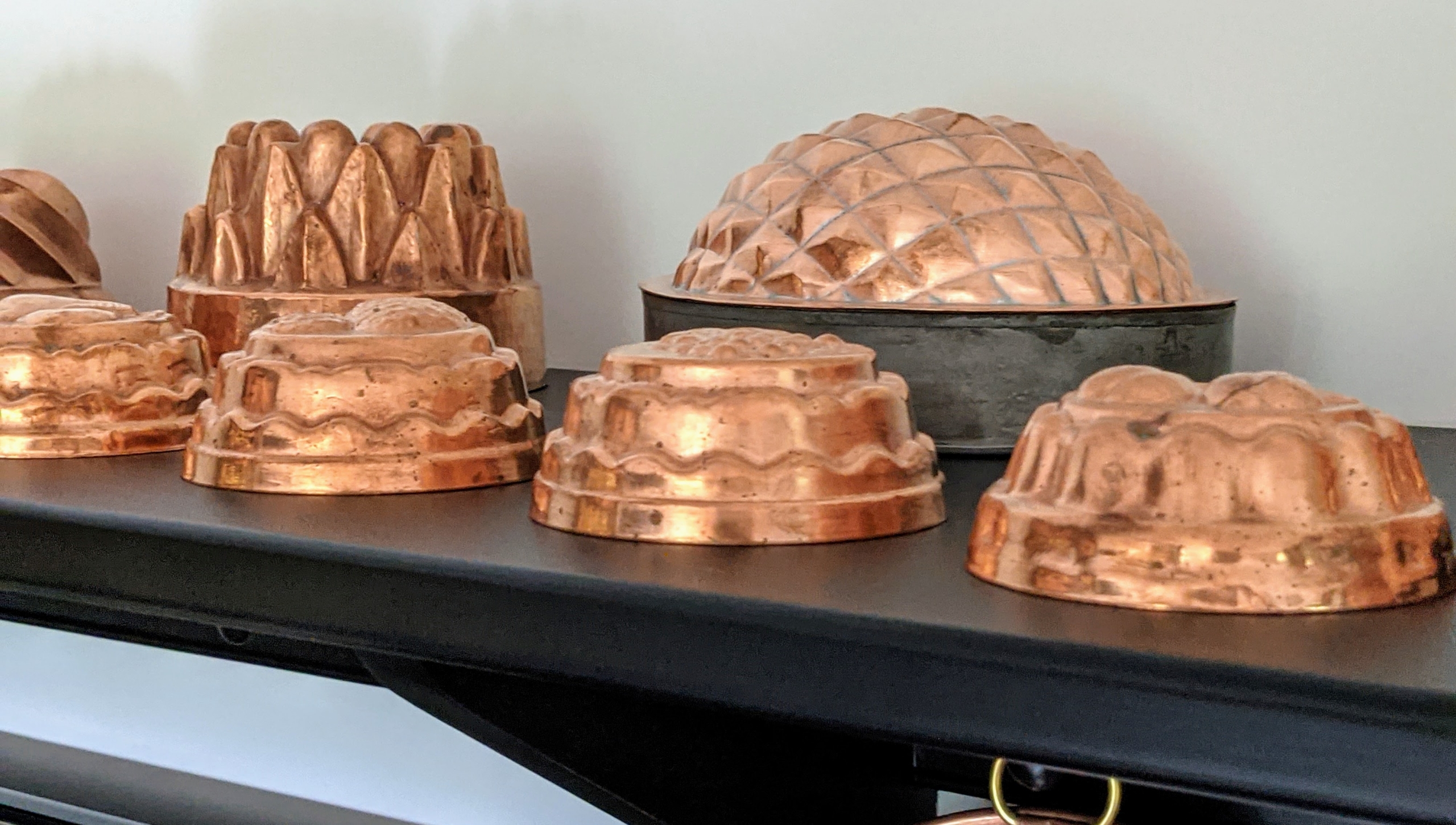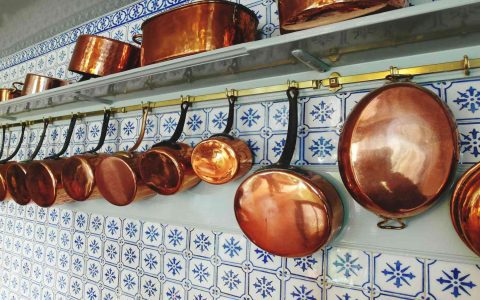Safety Precautions for Copper Molds
Always handle vintage copper jello molds with care to preserve their integrity. Wear gloves to protect against reactions from copper oxides. Avoid harsh chemicals like bleach or ammonia, as they accelerate tarnishing and damage the metal. Use a soft cloth or sponge to prevent scratches.
Deep Cleaning Methods
For stubborn residues, start with a gentle approach. Mix mild dish soap with warm water and scrub lightly. Rinse thoroughly with clean water and dry immediately to prevent water spots. If buildup persists, create a paste with baking soda and water, apply with a soft brush, and rinse well. Test any cleaner on a small area first.
- Use white vinegar or lemon juice sparingly for heavy tarnish; apply for no more than 10 minutes to avoid corrosion.
- Never soak molds; it risks warping and weakens structural integrity over time.
- For mold interiors, scrub gently with a toothbrush to remove residue without damaging details.
Caring for the Patina
The natural patina protects copper and adds vintage value. Preserve it by minimizing cleaning frequency; only address visible grime. After cleaning, apply a light coat of mineral oil or beeswax with a cloth to shield against moisture and oxidation. Avoid polishing compounds, as they remove patina irreversibly. Store molds in a dry, cool place away from humidity.

Maintenance Best Practices
Inspect molds regularly for signs of tarnish or damage. Clean only when necessary to extend their lifespan. Dry thoroughly after each use to inhibit rust. If handling food, ensure molds are food-safe by confirming the absence of lead or other contaminants through professional testing.







